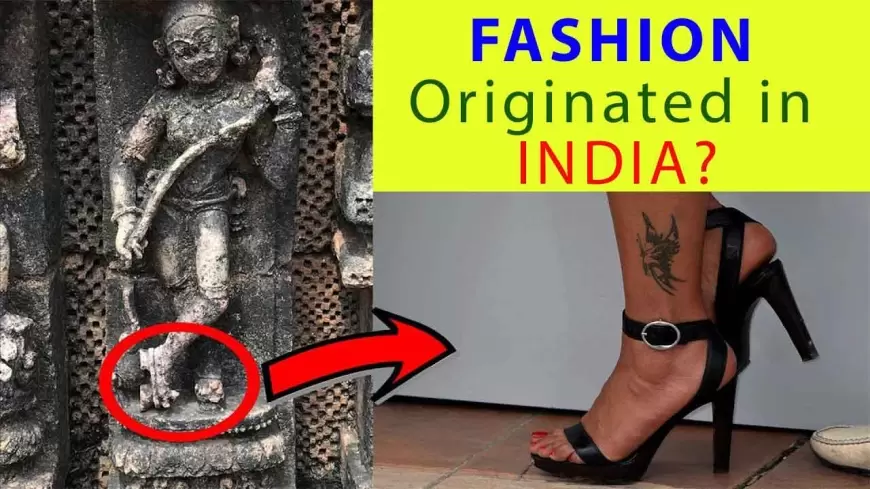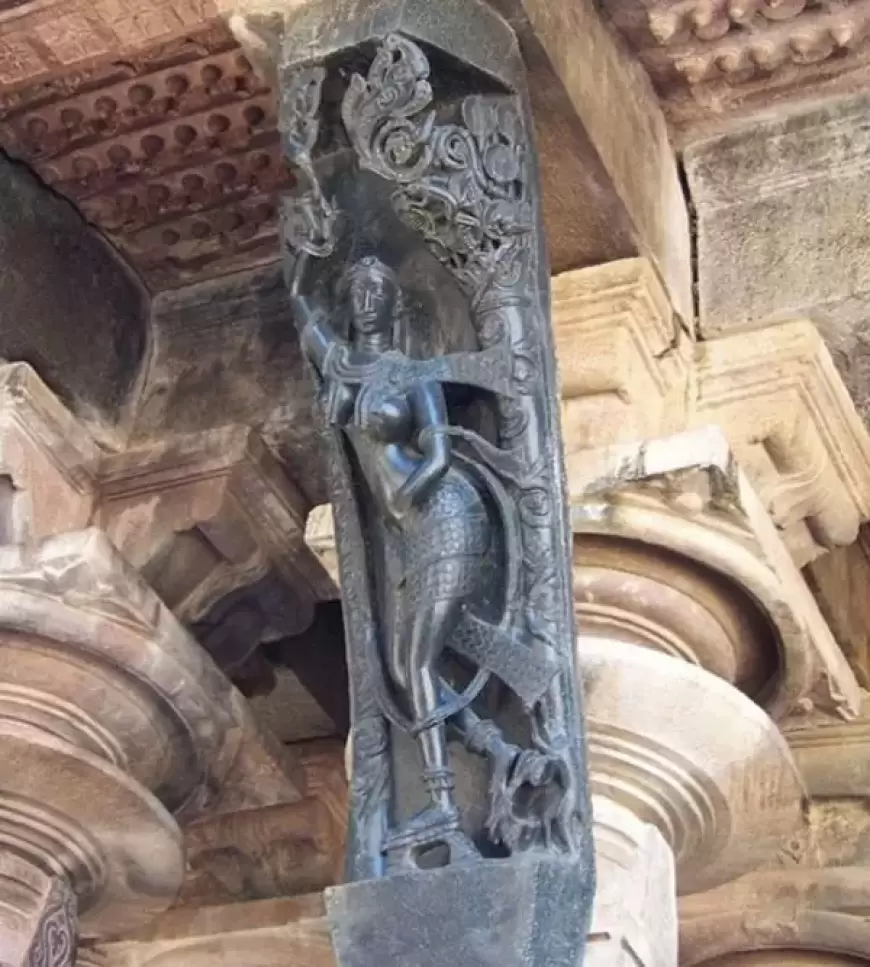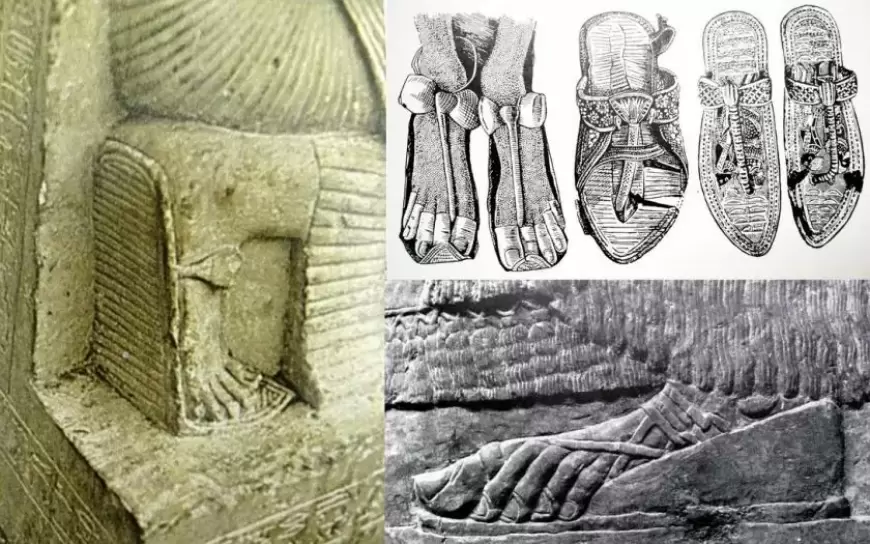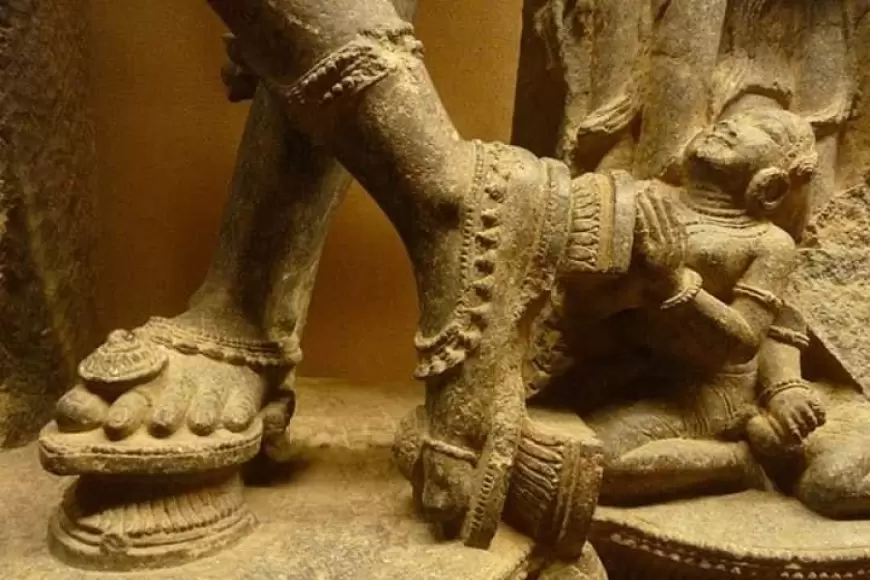Unraveling the Mystery of the 850-Year-Old Ramappa Temple Sculpture: The Enigma of Ancient Indian Heels
Unravel the mystery of the 850-year-old Ramappa Temple sculpture and its depiction of ancient Indian heels. Explore the possibility of heels being an ancient Indian innovation, challenging historical notions. Discover insights from ancient Indian texts and artifacts as historians explore the origins of heels in footwear. The enigmatic sculpture at Ramappa Temple showcases the creativity of ancient Indian artisans and invites you to ponder the mysteries of history.

The Ramappa Temple, located in the state of Telangana, India, is a stunning example of ancient architecture and artistic brilliance. Built in the 13th century during the reign of the Kakatiya dynasty, this temple has mesmerized historians and archaeologists with its intricate carvings and fascinating sculptures. Among its many sculptures lies one that has sparked an intriguing debate about the origin of heels in footwear. Contradicting popular historical notions, the Ramappa Temple's sculpture suggests that heels may have a much older history in India than previously thought.
The Sculpture and Its Enigmatic Depiction

In the heart of the Ramappa Temple, an 850-year-old sculpture captivates visitors with its distinct portrayal of individuals adorned with raised heels. These figurines, carved meticulously by ancient artisans, bear uncanny resemblance to modern-day high-heeled shoes. Each figure features elongated heels that gracefully elevate the foot, a design element that challenges existing beliefs about the invention of heels in footwear.
Heels: An Ancient Indian Innovation?

Historical records often credit the invention of high heels to foreigners, particularly the Persians, in the 16th century. However, recent archaeological findings and evidence from ancient Indian texts have started to challenge this notion. The presence of the heel-adorned sculptures in the Ramappa Temple raises the possibility that heels might have been used in footwear much earlier than previously acknowledged.
Ancient Indian Texts and References

Researchers examining ancient Indian texts have discovered references to elevated footwear, providing valuable insights into the historical use of heels. The Rigveda, a sacred Hindu text dating back over 3,000 years, mentions the use of "Utkara" or "Ucchhala," terms that suggest elevated footwear. These references indicate that heels might have played a functional or ceremonial role in ancient Indian society.
Practicality or Symbolism?
The purpose of heels in ancient Indian footwear remains a topic of speculation. Some historians argue that heels might have served practical purposes, such as protecting the feet from rough terrains or providing stability while riding elephants or horses. Others believe that heels could have symbolized status, power, or a connection to divinity, worn exclusively by royalty or during religious ceremonies.
Heels: A Global Trend or Independent Innovation?
As historians continue to delve into the origins of heels in footwear, they must consider the possibility of independent innovations across different regions. While Persians and other civilizations might have contributed to the development of heels, the Ramappa Temple sculpture suggests that ancient Indian artisans also embraced this innovative design element.
Conclusion
The enigmatic 850-year-old sculpture in the Ramappa Temple challenges the conventional historical narrative surrounding the invention of heels in footwear. As researchers delve deeper into the subject, they must consider the evidence provided by ancient Indian texts and artifacts that hint at the early use of elevated footwear in the Indian subcontinent. The study of heels' history reflects the ever-evolving nature of historical research, encouraging scholars to explore diverse perspectives and uncover fascinating insights about ancient civilizations and their innovative contributions to human civilization. As the debate continues, the Ramappa Temple's sculpture remains a remarkable testament to the sophistication and creativity of ancient Indian artisans, leaving us captivated by the mysteries of history.
What's Your Reaction?



























































